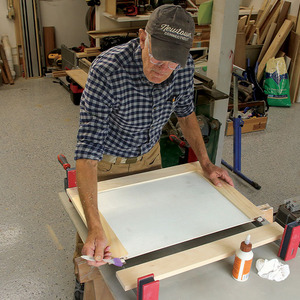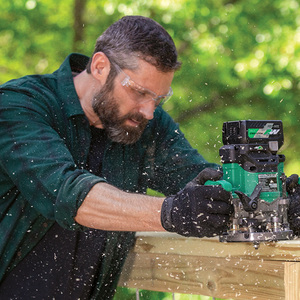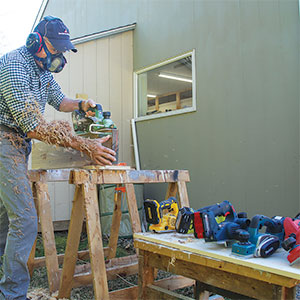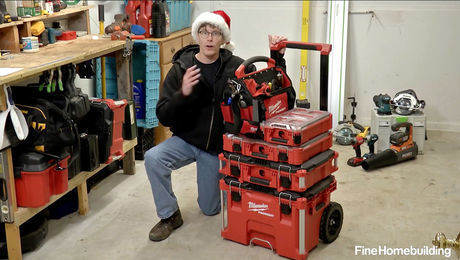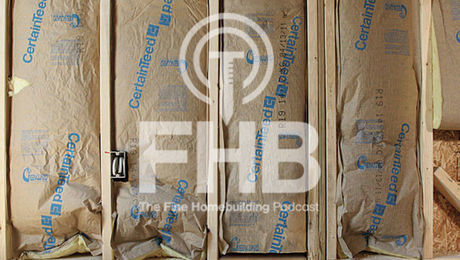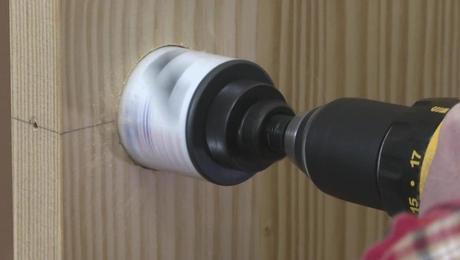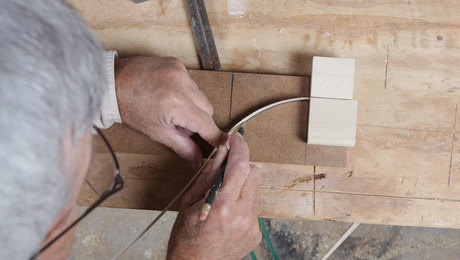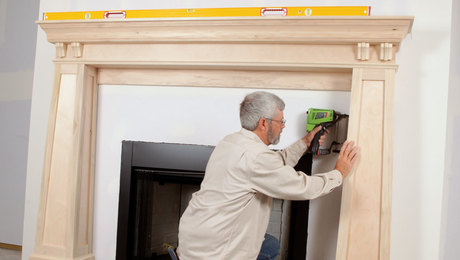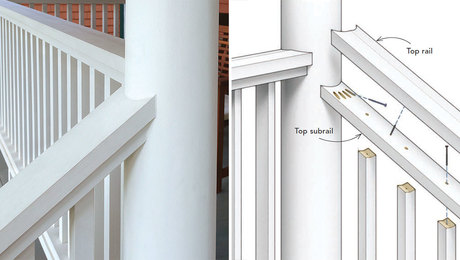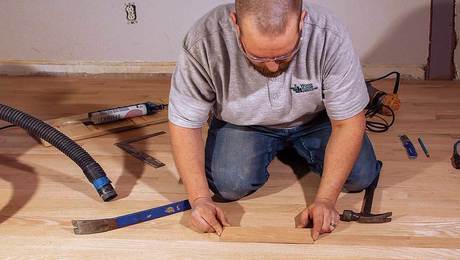Router Control
Using site-built jigs, bearing-guided bits and a router table to make precise cuts in wood.
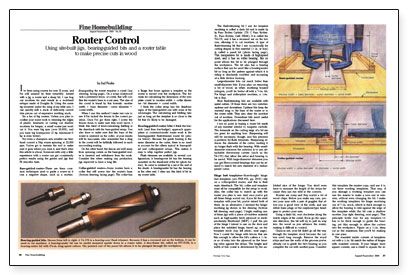
Synopsis: Routers and bearing-guided bits do precise work quickly, as the author explains, and are useful for many common jobs, from cutting hinge gains to making housed stair stringers. Simple jigs built on site or in the shop are a big help. He also covers the use of a router table.
I’ve been using routers for over 15 years, and I’m still amazed by their versatility. Armed with a jig, a router and a sharp bit, I can hog out mortises for stair treads in a rock-hard stringer made of Douglas fir. Using the same rig mounted under the wing of my table saw, I can quickly mill a stack of delicately curved trim pieces out of expensive molding stock.
I’m a fan of big routers. Unless you plan to confine your router work to trimming the edges of plastic laminates or cutting out shallow mortises for hinges, a small router just won’t cut it. You want big rpm (over 20,000), and you want big horsepower (2 hp minimum — 3 hp is even better).
Not even a champion arm wrestler can freehand control a 3-hp router spinning at 22,000 rpm. You’ve got to restrain the tool to make sure it goes where you want it, and that’s what this article is about. Someone with only a little experience with a router can get consistently perfect results using the guides and jigs that I’ll describe here.
Base-guided router
There are three common techniques used to guide a router as it cuts a negative shape, such as a mortise. Base-guiding the router requires a corral. On a scrap of plywood tack a perimeter fence, or corral, that will confine the router’s base to a set area. The size of the corral is found by this formula: mortise width + base diameter – cutter diameter = corral width.
When I use this method I make test cuts to see if I’ve tacked the fences in the correct position. Once I’ve got them right, I screw the fences down to make sure they won’t move. I think this kind of time-consuming fiddling is the drawback with the base-guided setup. You also have to make sure that the base of the router is centered on the collet, or your results will be inaccurate. Also remember that a ding in the corral will be faithfully followed in each succeeding routing.
On the other hand, the fences are well away from spinning cutters as the base-guided router is inserted and withdrawn from the work. Consider this when making any production jigs expected to have a long life.
For more photos, illustrations, and details, click the View PDF button below:



